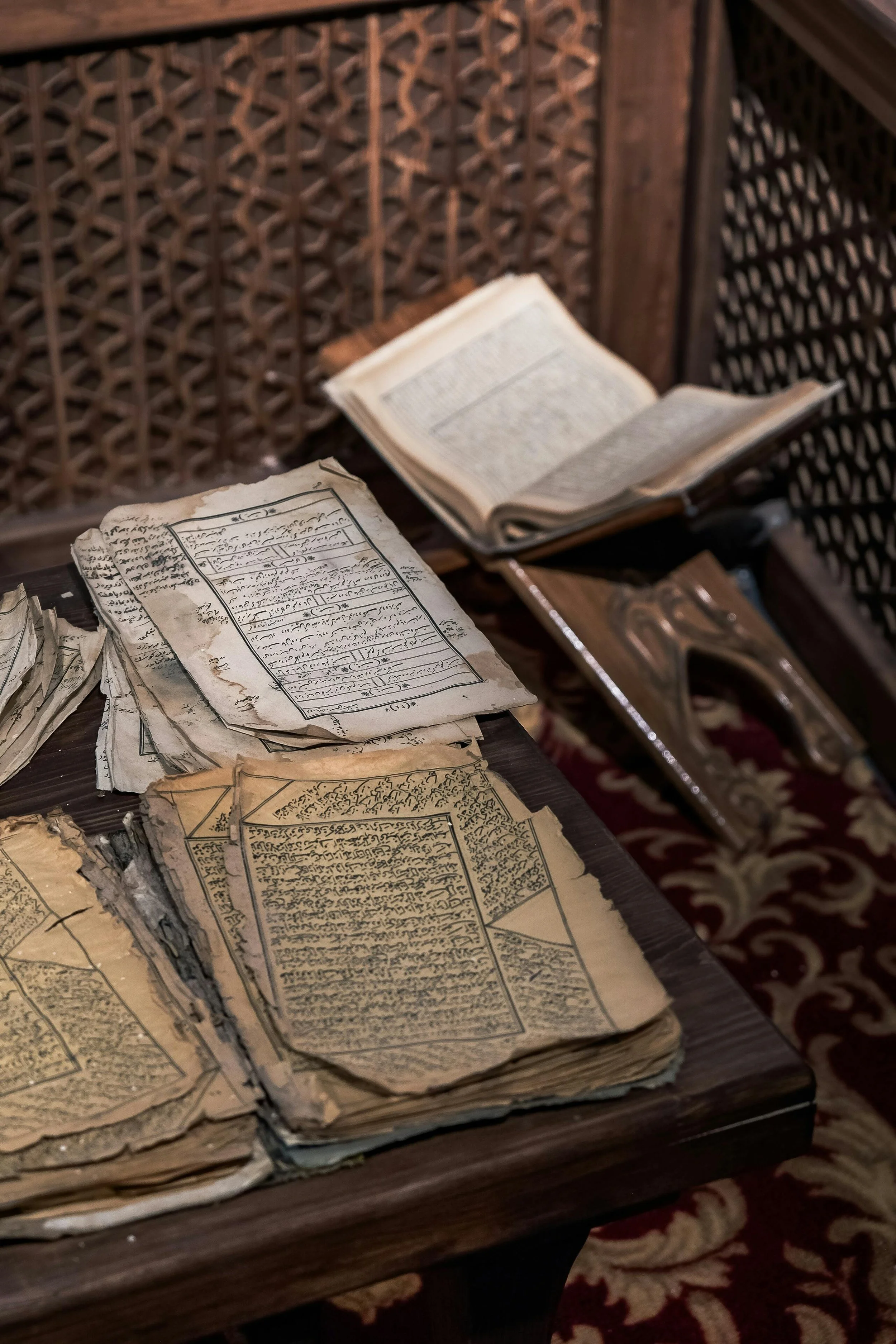Acquisition is the process of acquiring records by transfer, donation, or purchase. It begins with a lead file, a way to keep track of donor contacts.
How Does Archival Selection Shape History?
The 182-Year-Old Selfie
One hundred and eighty-two years after its production, the image still captivates us. The daguerreotype now resides at the Library of Congress, with Cornelius’s handwritten note on the back describing it as “the first light Picture ever taken, 1839.” Cornelius’s likeness is the world’s original selfie.
Framing the Façade: Studium and Punctum in Architectural Photography
Foundations of Visual Literacy: Historic Preservation and Image Management
Formulating an Archival Mission Statement
Information Seeking Behavior in Archives
Archival activities begin with developing a collecting policy, then move to acquiring collections and entering them into recordkeeping systems through accessioning, arrangement, description, preservation, and access. Where does the creation of finding aids, and access tools of all sorts, fit into this process?
Acquisition and Appraisal for More Representative Archival Collections
Archivists are tasked with making informed selections of primary sources to provide the future with a representation of the human experience. They should build their collections by looking at the bigger picture of history and collecting records that will most accurately present the past to the future.
Meeting Users’ Expectations of Access to Archives
Throughout the history of the profession, archivists have provided access to the wealth of information they steward. Archivists are responsible for promoting the use of records; this is a fundamental purpose of the keeping of archives.
The decisions archivists make about what evidence is saved and what is discarded shape cultural memory. The nature of the historical record is formed not only by the actions of archivists but also by the public’s ability to access this information.














